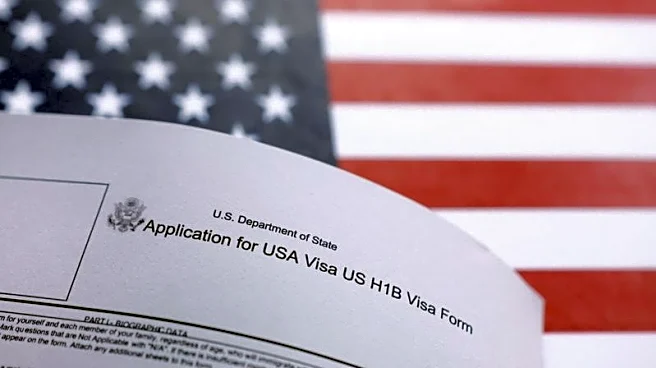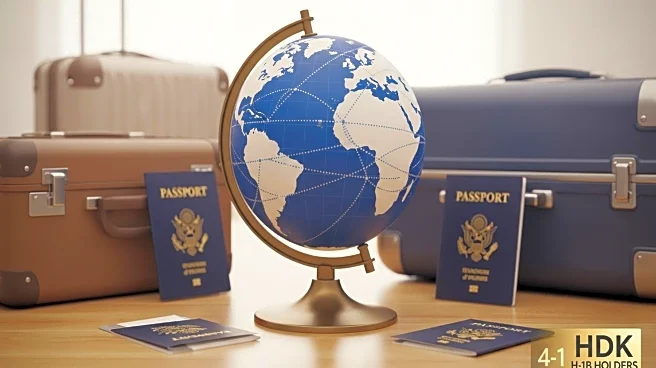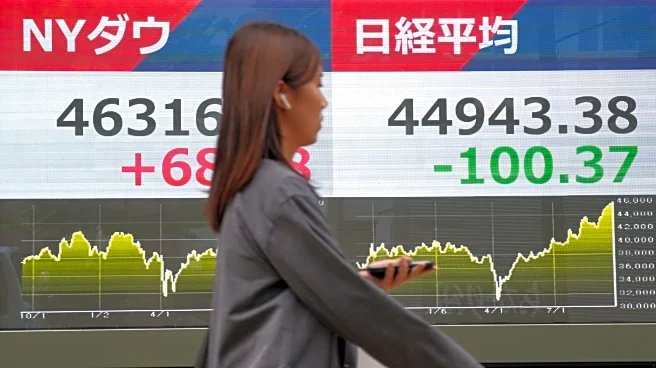What's Happening?
The Trump administration has proposed a new policy that would impose a $100,000 fee on companies for each high-skilled worker visa, known as the H-1B visa. This move is causing uncertainty among employers, particularly in the technology sector, which heavily relies on these visas to fill specialized roles. Companies such as Amazon, Microsoft, and IT contractors like Infosys and Cognizant are among the largest users of H-1B visas. The policy could also impact industries like healthcare, education, and nonprofits. As a result, businesses are exploring alternative methods to acquire skilled workers, such as offshoring work, hiring remote contractors, or utilizing other visa categories like the O-1, TN, and L-1 visas.
Why It's Important?
The introduction of a $100,000 fee for H-1B visas could significantly affect the U.S. labor market, particularly in sectors that depend on foreign talent to maintain competitiveness. The policy may lead to a talent bottleneck, as companies might struggle to afford the increased costs associated with hiring skilled foreign workers. This could drive businesses to seek talent abroad, potentially leading to job losses in the U.S. and a shift in where companies choose to base their operations. The policy also highlights the ongoing debate over immigration and its role in the U.S. economy, with potential implications for innovation and technological advancement.
What's Next?
Companies are currently assessing their options in response to the proposed fee. Some may choose to freeze H-1B hires or explore alternative visa options. Others might consider offshoring work or hiring remote contractors to circumvent the fee. The policy's future could be influenced by legal challenges or changes in administration, which may alter its implementation. Businesses are closely monitoring developments to adapt their strategies accordingly.
Beyond the Headlines
The proposed fee could have broader implications for U.S. immigration policy and its impact on global talent mobility. It raises questions about the balance between protecting domestic jobs and fostering an environment conducive to innovation and growth. The policy may also influence international perceptions of the U.S. as a destination for skilled workers, potentially affecting the country's ability to attract top global talent in the long term.












